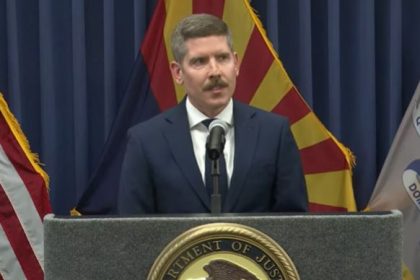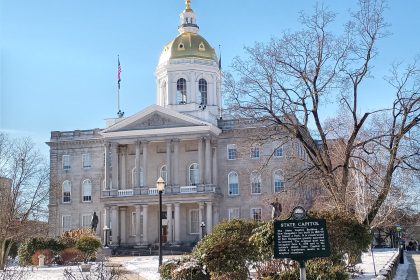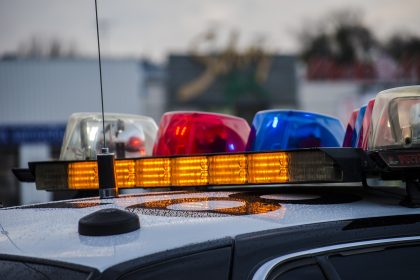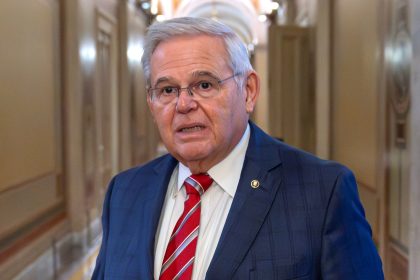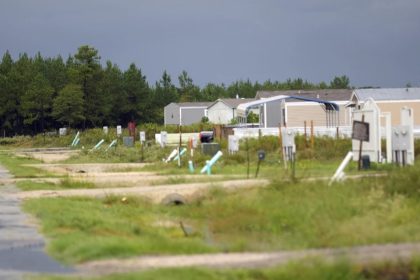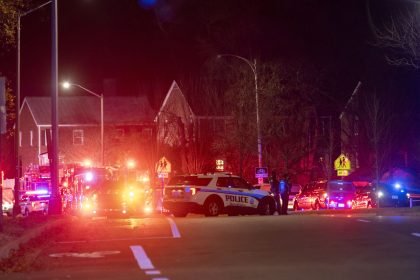Court Filing Reveals More Details Behind Mar-a-Lago Raid
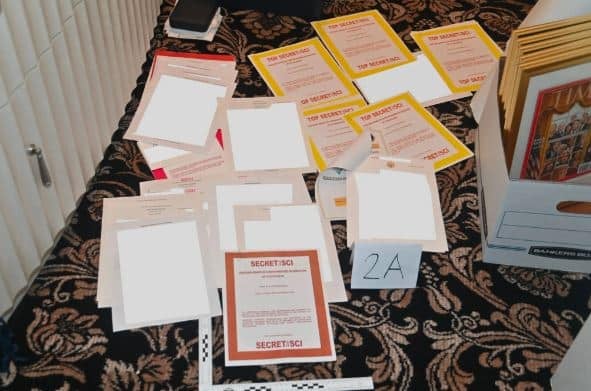
WASHINGTON — A court filing by the Justice Department on Tuesday reveals new details on the reasoning behind its decision to raid former President Donald Trump’s Palm Beach, Florida, home earlier this month — namely that it had obtained evidence that highly classified documents remained in the home despite Trump’s lawyers’ false claims they didn’t.
The 36-page filing Tuesday night came in response to Trump’s request for an independent review of the materials seized from his home by a court-appointed special master.
Since the day–long search of his home at the private Mar-a-Lago golf resort, Trump has repeatedly claimed he had declassified all of the documents found there and he’s asked that a special master be appointed to review the material to determine which, if any, are protected by executive privilege.
But the Justice Department filing signed by U.S. Attorney Juan Antonio Gonzalez, of Miami, and Jay Bratt, chief of the counterintelligence and export control section of the National Security Division of the Justice Department, rejected both assertions.
First, the officials say Trump’s attorneys never asserted the former president had declassified the documents or asserted any claim of executive privilege.
Second, they argue the appointment of a special master was “unnecessary and would significantly harm important governmental interests, including national security interests.”
But the court filing goes much further than that, filling in details of the department’s investigation that were tantalizingly obscured by the previously released and heavily redacted affidavit used to secure the search warrant for Trump’s home.
For instance, the new filing reveals that agents found three classified documents in desks inside Trump’s Mar-a-Lago office during the Aug. 8 search, and more than 100 documents marked classified or secret in 13 boxes and/or storage containers in the residence.
Included as an attachment to the filing is a photograph showing at least half a dozen folders recovered from Mar-a-Lago that were marked “Top Secret” and another marked “Secret.”
The trove includes about twice the number of classified documents Trump’s lawyers said they turned over voluntarily to the National Archives, while swearing under oath that they had returned all of the material demanded by the government under the Federal Records Act and the corresponding Code of Federal Regulations.
The filing also shows how a routine request for the return of documents by the National Archives blew up into an investigation of whether Trump and his representatives took steps to prevent the return of the documents and obstruct justice in the process.
“Through further investigation, the FBI uncovered multiple sources of evidence indicating that the response to the May 11 grand jury subpoena was incomplete and that classified documents remained at the premises, notwithstanding the sworn certification made to the government on June 3,” the court filing said.
“In particular, the government developed evidence that searches limited to the storage room would not have uncovered all the classified documents at the premises,” it continued.
“The government also developed evidence that government records were likely concealed and removed from the storage room and that efforts were likely taken to obstruct the government’s investigation … This included evidence indicating that boxes formerly in the storage room were not returned prior to counsel’s review,” the filing said.
As initially revealed in the redacted affidavit, the seeds of the investigation were planted in February, when the Justice Department received a referral from the National Archives and Records Administration.
That referral stated that the National Archives had received 15 boxes that had been transported to Mar-a-Lago when the former president left office and that they contained, among other things, highly classified documents intermingled with other records.
It wasn’t until early May that the FBI examined the boxes returned to the National Archives. During that review, investigators identified 184 unique documents bearing classification markings, including 67 documents marked as confidential, 92 documents marked as secret, and 25 documents marked as top secret.
Other documents were marked “HCS,” “FISA,” “ORCON,” “NOFORN,” and “SI,” which the unidentified agent attesting to the filing said were documents considered to contain national defense information.
As revealed in the latest document, by May 11, investigators had determined that several other documents marked as classified had not been turned over by the former president, and Justice Department lawyers requested and received a grand jury subpoena to compel their return.
They also, evidently, secured one more subpoena, for security camera footage from inside Mar-a-Lago.
On June 3, Trump’s representatives gave F.B.I. agents 38 additional documents with classified markings, including 17 labeled top secret.
“Critically, however, the former president’s counsel explicitly prohibited government personnel from opening or looking inside any of the boxes that remained in the storage room, giving no opportunity for the government to confirm that no documents with classification markings remained,” the filing said.
A Trump attorney, whose name is redacted in an attachment to the latest court filings, certified that “based upon the information that has been provided to me,” there had been a “diligent” search and all documents responsive to the subpoena were being returned.
Once again, however, investigators quickly came to the conclusion this statement was not true.
“Against that backdrop, and relying on the probable cause that the investigation had developed at that time, on Aug. 5, 2022, the government applied to Magistrate Judge Reinhart for a search and seizure warrant, which cited three statutes: 18 USC § 793, (Willful retention of national defense information), 18 USC § 2071 (concealment or removal of government records), and 18 USC § 1519 (obstruction of a federal investigation),” the filing says.
“On the same date, Judge Reinhart found that probable cause existed that evidence of each of the crimes would be found at the premises, and he authorized the search warrant,” it adds.
The search warrant was executed three days later.
The latest filing by the Justice Department came hours after Attorney General Merrick Garland imposed new restrictions on partisan activities by political appointees at the Justice Department.
As previously reported in The Well News, Garland wrote in an interoffice memo Tuesday that “[a]s department employees, we have been entrusted with the authority and responsibility to enforce the laws of the United States in a neutral and impartial manner.
“In fulfilling this responsibility, we must do all we can to maintain public trust and ensure that politics — both in fact and appearance — does not compromise or affect the integrity of our work,” Garland continued.
Department officials have yet to indicate when or even whether they intend to file charges in the case.
Dan can be reached at [email protected] and at https://twitter.com/DanMcCue.

















